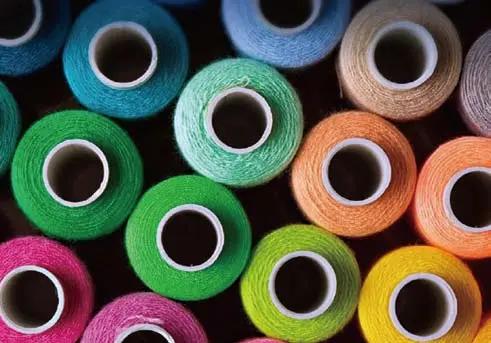What factors should be considered when choosing textile defoamers to ensure their environmental performance?
Preferred defoamers are those with stable chemical composition, no toxicity, and no physiological inertness. For example, organosilicon defoamers are often considered a more environmentally friendly choice due to their low volatility and low toxicity. Avoid using defoamers that contain harmful heavy metals, persistent organic pollutants (POPs), or other environmentally harmful components.

Evaluate the degradation ability of defoamers in natural environments. Prioritize the use of easily biodegradable defoamers to reduce potential impacts on water and soil ecosystems. Biodegradability testing can be conducted through laboratory experiments that simulate natural environmental conditions to ensure the accuracy and reliability of the evaluation results.
Understand the ecological toxicity of defoamers, including their potential harm to aquatic organisms, soil organisms, and other wildlife. Prioritize the use of low toxicity or non-toxic defoamers to reduce the risk to the ecosystem. Consider the potential impact of defoamers on human health. Choose defoamers that are harmless or have low harm to the human body to ensure that they do not cause harm to workers and the environment during use.
Evaluate the residual situation of defoamers in the environment and their long-term cumulative effects. Choose defoamers that have minimal residue and are not easily accumulated during use. Understand whether the production process of defoamers is environmentally friendly, such as whether clean production technology is adopted and whether wastewater and exhaust emissions are reduced.
At the same time, pay attention to whether defoamers are easy to control and reduce waste generation during use. Ensure that the selected defoamer has good defoaming effect and stability to meet the needs of textile printing and dyeing processes. Considering the cost-effectiveness of defoamers while ensuring environmental performance. Choose products with high cost-effectiveness to reduce production and environmental management costs.
In summary, when choosing textile defoamers, it is necessary to comprehensively consider multiple factors such as their chemical composition, biodegradability, ecological toxicity, safety, environmental impact, and the balance between performance and cost. Through a comprehensive evaluation of these factors, it is possible to select textile defoamer products that are both environmentally friendly and efficient.

 English
English
 Chinese
Chinese Vietnamese
Vietnamese
 HOME
HOME
 PRODUCT
PRODUCT
 NEWS
NEWS
 CONTACT
CONTACT


